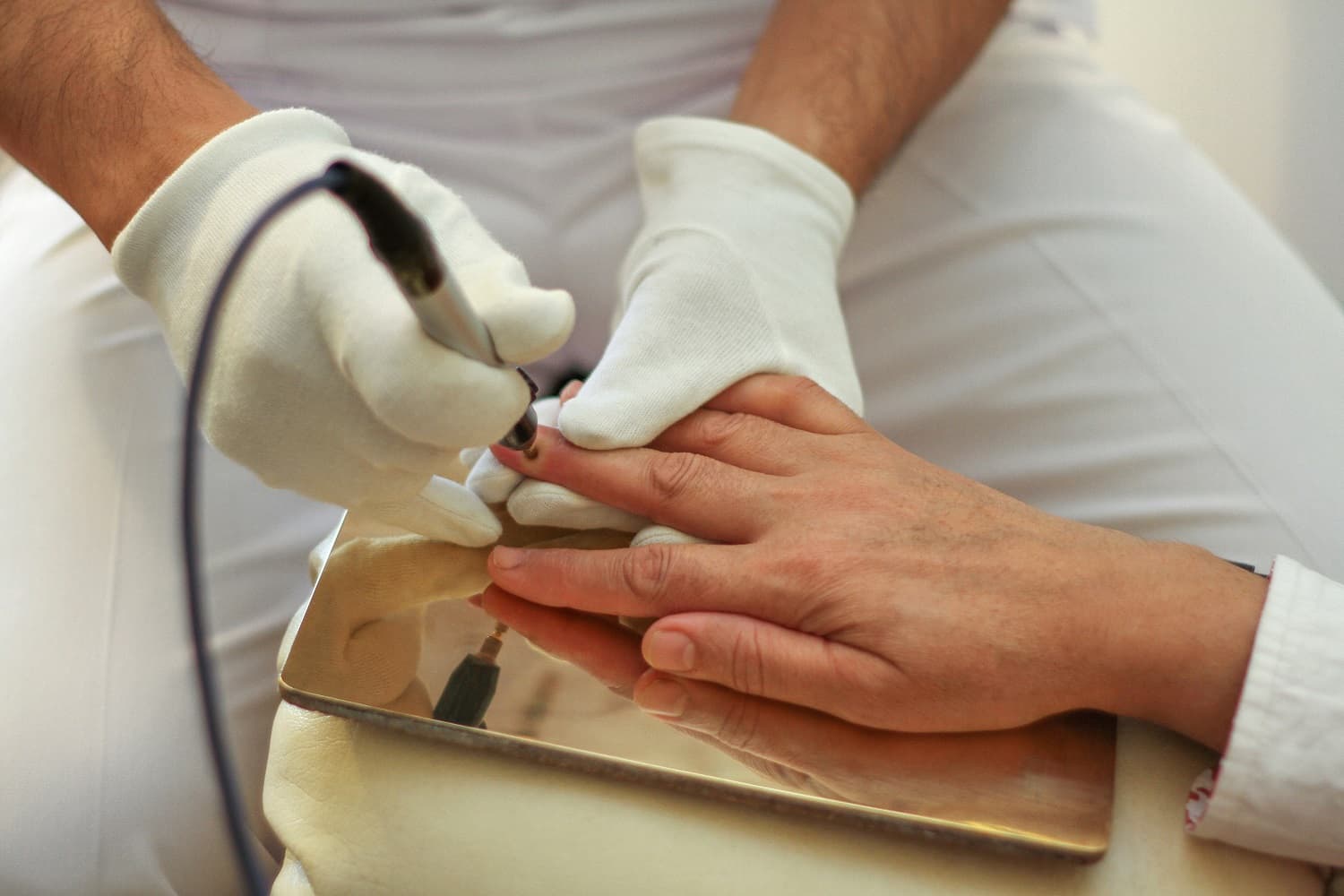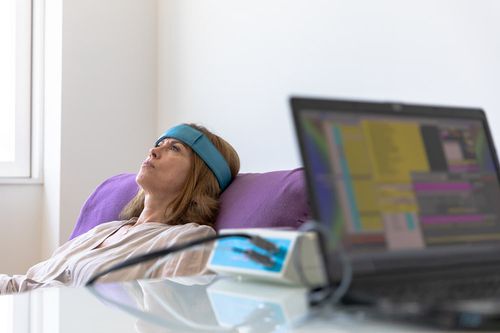What Is Bioresonance Therapy?
Bioresonance therapy is a holistic, noninvasive way of diagnosing and treating various diseases, which involves the use of electrodes on the skin. The electrodes are connected to an energy wavelength machine called a Bicom device to detect unhealthy frequencies on the cells such as viruses and cancer cells. The Bicom device will then emit a counter-balancing frequency to help the person restore his or her energetic equilibrium.
It should be noted that bioresonance therapy should never be used to replace any medically proven diagnostic or treatment technology.

How Does Bioresonance Therapy Work?
The substances that make up the cells in the body send out electromagnetic waves consistently. But, other substances, such as toxins, bacteria and viruses, also send out these electromagnetic waves. Each of these substances has its own unique frequency pattern, which makes it possible to identify which of them are considered beneficial or potentially harmful.
Bioresonance therapy is dependent on the electromagnetic waves emitted by the cells and other substances inside the human body. The Bicom device collects and uses this information to create a counter frequency that cancels out the harmful substances by inverting their electromagnetic waves, which, in turn, allows the body to improve its normal functioning and heal itself.
What Are the Benefits of Bioresonance Therapy?
The primary goal of bioresonance therapy is to eliminate toxins from the body. It reduces the patient's dependence on synthetic drugs for the management of their condition as bioresonance can effectively treat a wide range of ailments and support different health programs, including:
- Pain management
- Muscle relaxation
- Stress reduction
- Insomnia
- Depression
- Fibromyalgia
- Cancer
- Burnout
- Digestive problems
- Neurodermatitis
- Reduction of allergic reactions
- Addictions
Additionally, a comparative study from 2014 showed that 77.2% of people who smoked cigarettes quit after one week of bioresonance therapy compared to 54.8% who were subjected to a placebo. This goes to show that bioresonance can treat smoking addiction by canceling the nicotine molecules in the body.
Different Types of Bioresonance Therapy Devices
The Bicom device is the primary technology used in bioresonance therapy. This machine is equipped with technology that determines which electromagnetic waves are considered beneficial or harmful to the patient. It is programmed to boost electromagnetic waves that are considered healthy or beneficial to the patient, and waves are inverted for any potentially harmful substance.
There are two primary methods in collecting information about the electromagnetic waves emitted from the patient's body. One is directly from the patient's body using electrodes while the other one is from the substances that may seem to cause stress or harm to the body.
What Can You Expect From Bioresonance Therapy?
In order to get to the root of a patient's problem, the bioresonance therapist will assess their physical health, looking beyond the physical symptoms which they came with. Then, the therapist will determine which substance is causing the disruption in the patient's body using the Bicom device.
Once the therapist has identified the culprit, they will ask the patient to lie down fully clothed, and then stick electrodes on their hand, which picks up and delivers frequency patterns from the latter's body to the Bicom device. The patient won't feel anything throughout this process. After the therapy session, they will feel more energised and a whole lot better than when they walked into the clinic.
A bioresonance therapy typically lasts for an hour. Some patients will need monthly follow-up treatments depending on the severity of their condition. However, there are others who only require a couple of sessions to get their bodies back on track.
Is Bioresonance Therapy Safe?
Bioresonance is safe for everyone to use, even children who are suffering from all sorts of allergies. It doesn't pose any serious side effects except for slight headache and nausea, which indicate the body is flushing out toxins.




